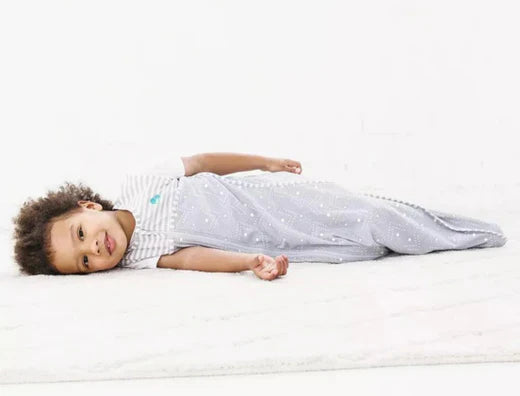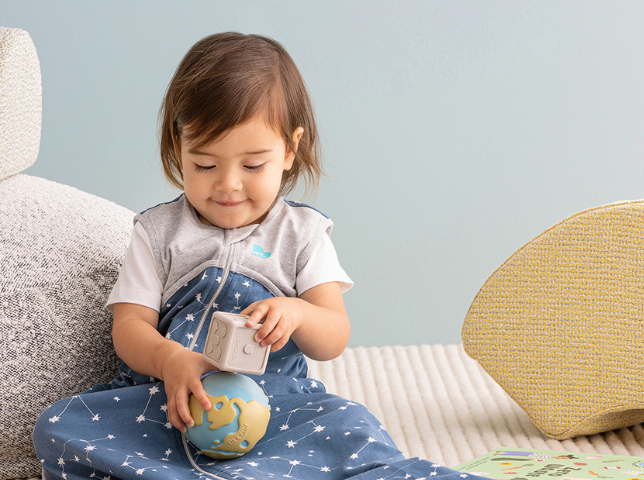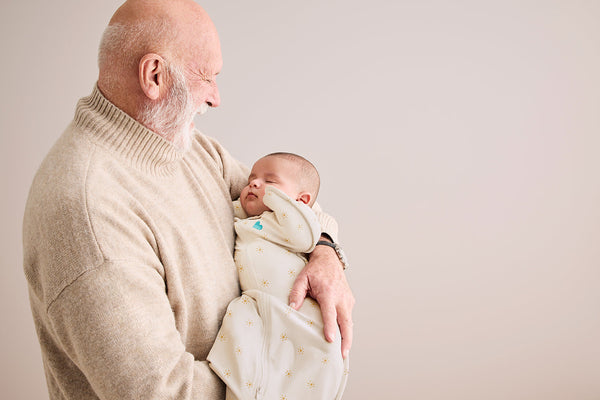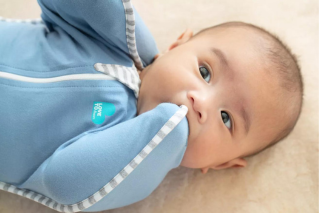What are nap transitions?
A nap transition happens when a child is routinely taking a certain number of naps per day and then drops one of those naps. As your little one is able to comfortably stay awake for longer periods, they naturally require less time for sleep. Nap transitions often happen in line with developmental milestones, and can differ greatly from child to child.
Why is it important to follow nap transitions?
Every child is different when it comes to rates of development. The required amount of sleep for one child may be quite different to that of another child the same age. That’s why following nap transitions is so important. The signs that your child is ready for a nap transition will help prevent you from dropping one of your child’s naps before they are ready.
Sleep for young children is integral to their development. In an ideal scenario, children should be encouraged to take daytime naps for as long as they need to. It’s normally somewhere between 3-5 years of age that a toddler will drop their last daytime nap.
When do nap transitions happen?
As a general guide, nap transitions tend to happen around the following ages:
- 3-4 months of age 4-5 naps per day
- 4-6 months of age drop to 3 naps per day
- 7-10 months of age drop to 2 naps per day
- 14-18 months of age drop to 1 nap per day
- 3-5 years of age drop the last day time nap
When do babies drop to two naps?
In and around the 9-month mark, your baby will typically drop to 2 naps per day. When this happens, you should also consider adjusting the nap times slightly so that the wake windows on either side of the 2 naps are more even.
For example:
3 naps
- Nap 1 9:30 – 11:00
- Nap 2 13:00 – 14:30
- Nap 3 16:00 – 17:30
drops to 2 naps
- Nap 1 10:00 – 11:30
- Nap 2 14:00 – 15:30








